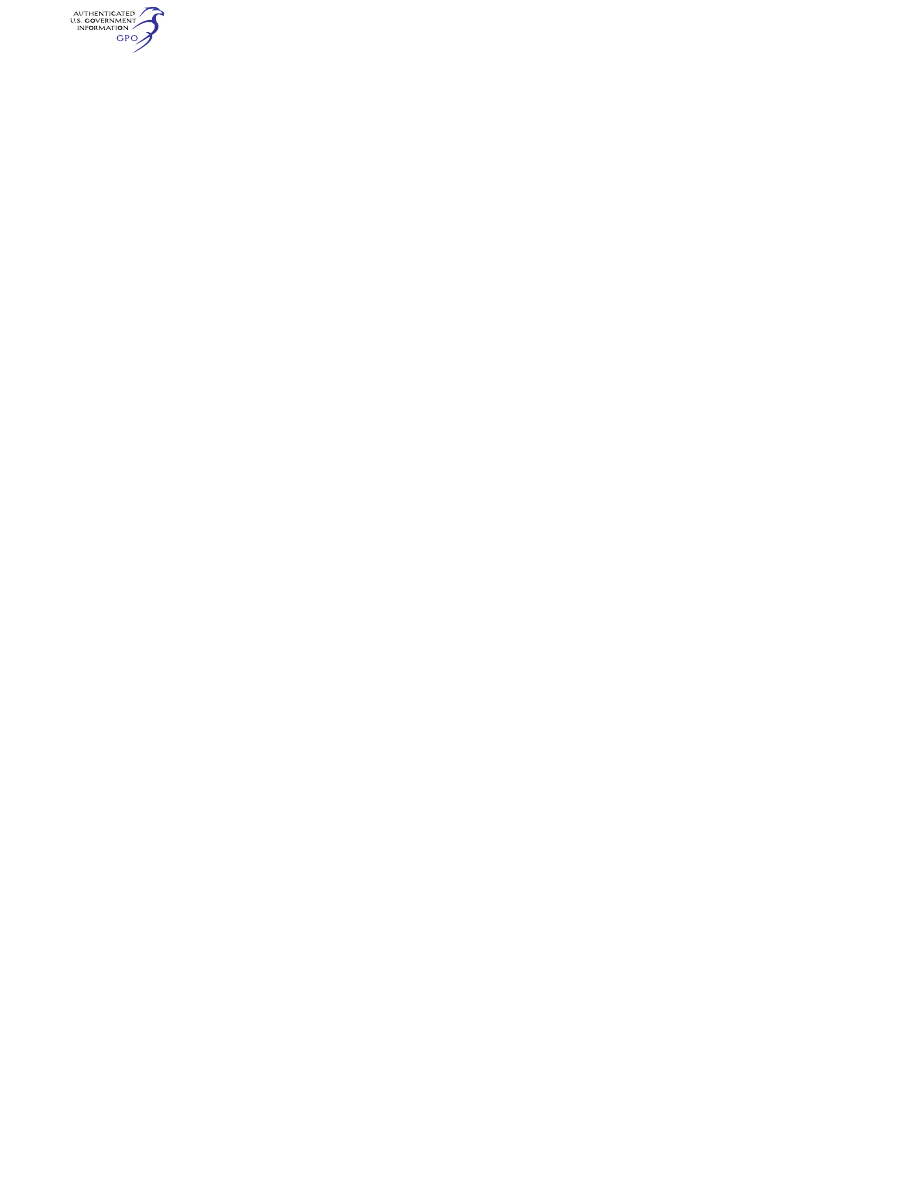
587
Federal Aviation Administration, DOT
§ 29.307
§ 29.181
Dynamic stability: Category A
rotorcraft.
Any short-period oscillation occur-
ring at any speed from V
Y
to V
NE
must
be positively damped with the primary
flight controls free and in a fixed posi-
tion.
[Amdt. 29–24, 49 FR 44437, Nov. 6, 1984]
G
ROUND AND
W
ATER
H
ANDLING
C
HARACTERISTICS
§ 29.231
General.
The rotorcraft must have satisfac-
tory ground and water handling char-
acteristics, including freedom from un-
controllable tendencies in any condi-
tion expected in operation.
§ 29.235
Taxiing condition.
The rotorcraft must be designed to
withstand the loads that would occur
when the rotorcraft is taxied over the
roughest ground that may reasonably
be expected in normal operation.
§ 29.239
Spray characteristics.
If certification for water operation is
requested, no spray characteristics
during taxiing, takeoff, or landing may
obscure the vision of the pilot or dam-
age the rotors, propellers, or other
parts of the rotorcraft.
§ 29.241
Ground resonance.
The rotorcraft may have no dan-
gerous tendency to oscillate on the
ground with the rotor turning.
M
ISCELLANEOUS
F
LIGHT
R
EQUIREMENTS
§ 29.251
Vibration.
Each part of the rotorcraft must be
free from excessive vibration under
each appropriate speed and power con-
dition.
Subpart C—Strength Requirements
G
ENERAL
§ 29.301
Loads.
(a) Strength requirements are speci-
fied in terms of limit loads (the max-
imum loads to be expected in service)
and ultimate loads (limit loads multi-
plied by prescribed factors of safety).
Unless otherwise provided, prescribed
loads are limit loads.
(b) Unless otherwise provided, the
specified air, ground, and water loads
must be placed in equilibrium with in-
ertia forces, considering each item of
mass in the rotorcraft. These loads
must be distributed to closely approxi-
mate or conservatively represent ac-
tual conditions.
(c) If deflections under load would
significantly change the distribution of
external or internal loads, this redis-
tribution must be taken into account.
§ 29.303
Factor of safety.
Unless otherwise provided, a factor of
safety of 1.5 must be used. This factor
applies to external and inertia loads
unless its application to the resulting
internal stresses is more conservative.
§ 29.305
Strength and deformation.
(a) The structure must be able to
support limit loads without detri-
mental or permanent deformation. At
any load up to limit loads, the defor-
mation may not interfere with safe op-
eration.
(b) The structure must be able to
support ultimate loads without failure.
This must be shown by—
(1) Applying ultimate loads to the
structure in a static test for at least
three seconds; or
(2) Dynamic tests simulating actual
load application.
§ 29.307
Proof of structure.
(a) Compliance with the strength and
deformation requirements of this sub-
part must be shown for each critical
loading condition accounting for the
environment to which the structure
will be exposed in operation. Struc-
tural analysis (static or fatigue) may
be used only if the structure conforms
to those structures for which experi-
ence has shown this method to be reli-
able. In other cases, substantiating
load tests must be made.
(b) Proof of compliance with the
strength requirements of this subpart
must include—
(1) Dynamic and endurance tests of
rotors, rotor drives, and rotor controls;
(2) Limit load tests of the control
system, including control surfaces;
VerDate Sep<11>2014
09:06 Jun 28, 2024
Jkt 262046
PO 00000
Frm 00597
Fmt 8010
Sfmt 8010
Y:\SGML\262046.XXX
262046
jspears on DSK121TN23PROD with CFR